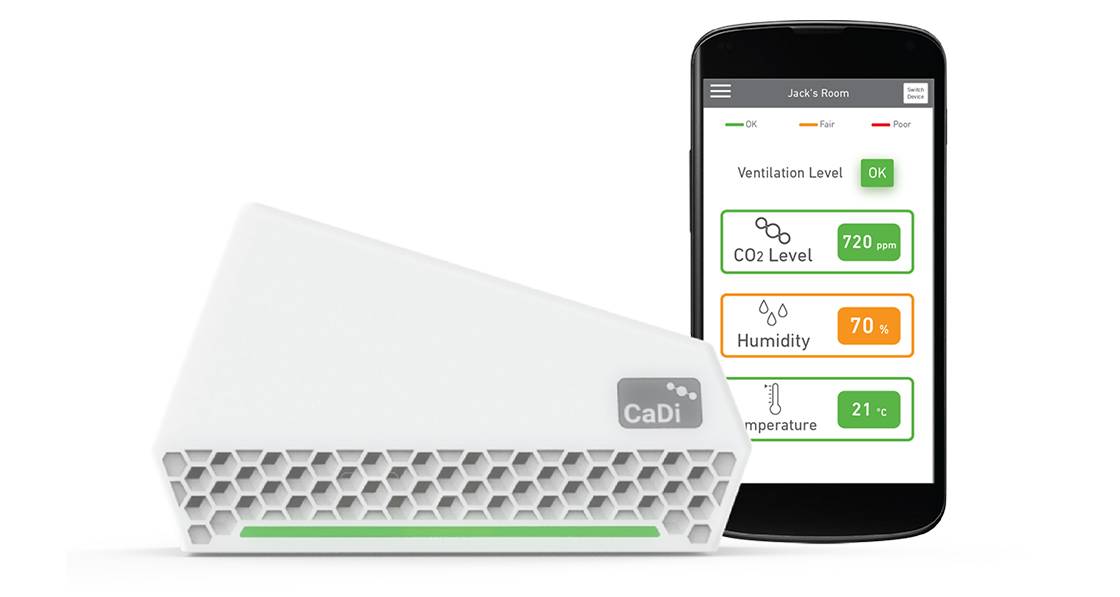
- Marketplace
- Posted
NuWave Sensors launches CO2 monitor for schools
NuWave Sensors, developers of smart air quality sensors designed to continuously monitor airborne contaminants in industrial and commercial environments, has unveiled a new carbon dioxide sensor that allows schools to help prevent the spread of Covid-19, while also avoiding energy waste.
“We produce a range of air hygiene sensors, monitoring basic things like temperature and humidity and more advanced properties like particulate matter and CO2, all the way through to air safety, where we look for pathogens in the air,” she said.
NuWave’s goal with CaDi CO2 is to provide schools with an effective means of monitoring carbon dioxide levels in the air, displaying real-time results on a simple to understand LED display. CaDi also has an open API that can be linked into ventilation systems or display information via an app.
Professor Stephen Daniels, NuWave’s chief technology officer and other co-founder, says ventilation now matters more than ever. “If you have poor ventilation in an occupied space then you have an environment where all sorts of things can spread more easily. Poor ventilation can also contribute to mould growth which in turn can lead to the development of respiratory problems. It is important to keep a well-ventilated environment.”
Monitoring levels of CO2 can inform schools about how well classrooms are ventilated, which in turn can help to prevent the spread of Covid-19, by encouraging staff to open windows or turn on ventilation systems when needed. “CO2 is a good proxy for ventilation,” Daniels said.
Daniels added that good ventilation is something that should not be left to chance.
“We come at it from an anti-contamination perspective, not just a gadget. Buildings have become so airtight that if the filters aren’t changed or the mechanical ventilation isn’t right you have a problem.” For Ainsworth, monitoring carbon dioxide in the air will mean that schools have a real-time view of ventilation, rather than having to leave windows open constantly while running heating at a higher temperature.
“We could end up spending far too much on overheating classrooms, instead of just opening the windows when you need to,” she said.
Related items
-
 Build Homes Better updates Isoquick certification to tackle brick support challenge
Build Homes Better updates Isoquick certification to tackle brick support challenge -
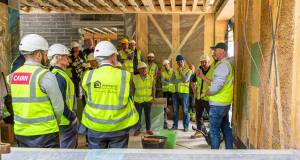 Ecological Building Systems expands UK and Irish straw panel construction with EcoCocon deal
Ecological Building Systems expands UK and Irish straw panel construction with EcoCocon deal -
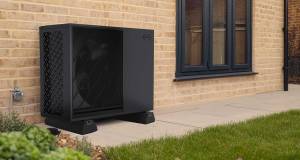 Grant’s Aerona R290: A next-gen heat pump designed for the Irish climate
Grant’s Aerona R290: A next-gen heat pump designed for the Irish climate -
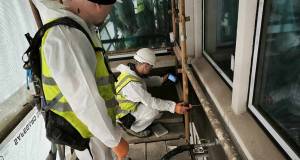 Historic Dublin building retrofitted with cutting edge insulation
Historic Dublin building retrofitted with cutting edge insulation -
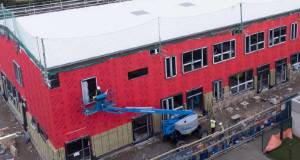 Proctor gains ground with Scottish passive schools
Proctor gains ground with Scottish passive schools -
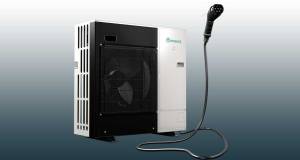 Heat pump and EV charger combo promises smart energy use
Heat pump and EV charger combo promises smart energy use

